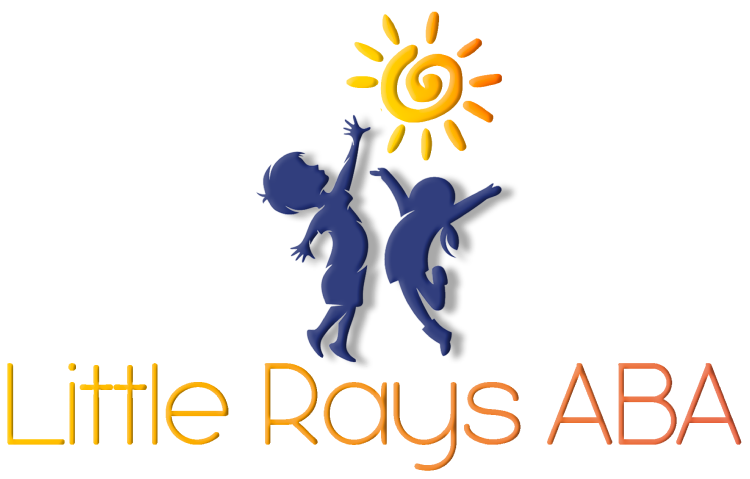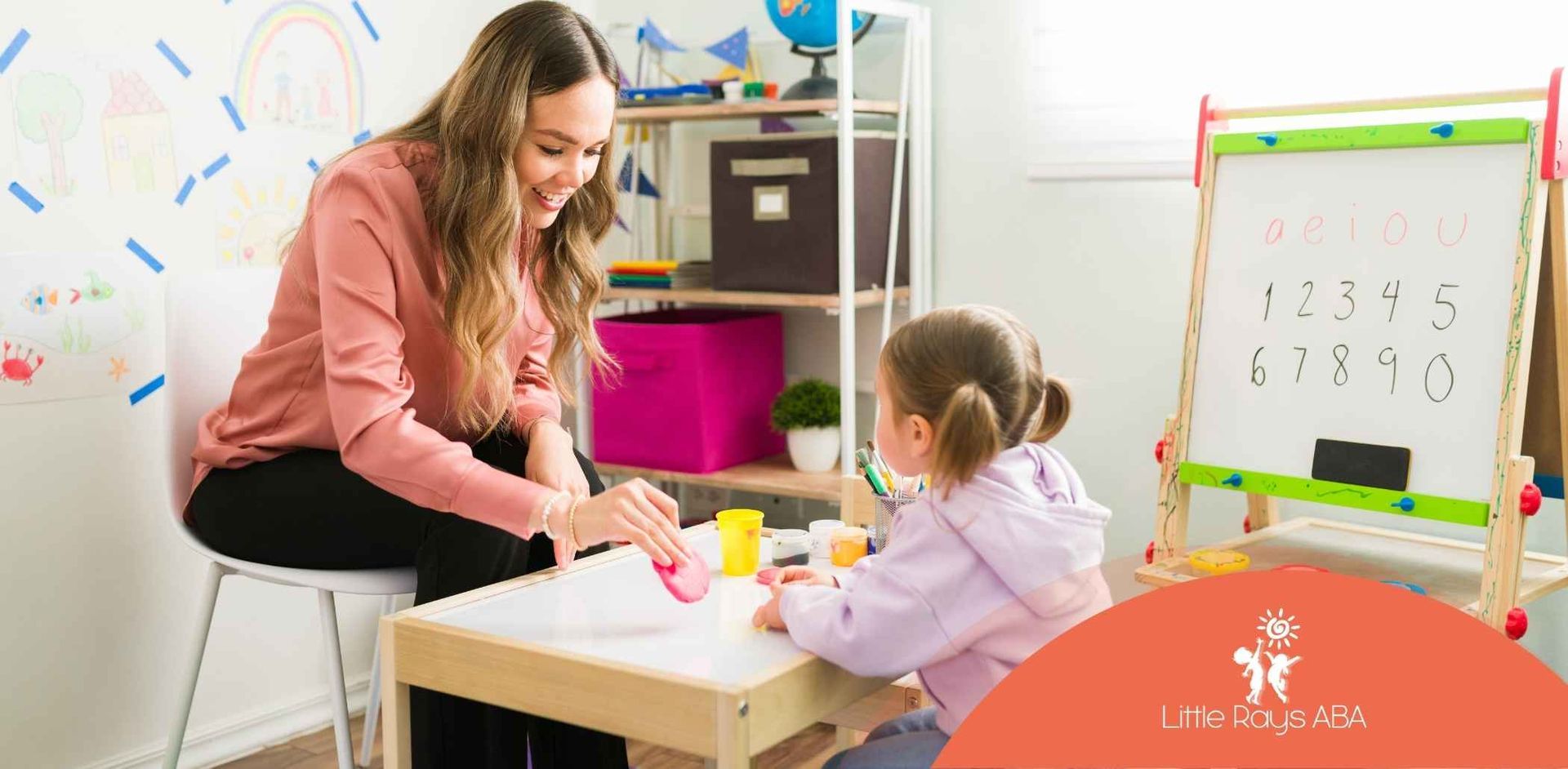
What to Expect from an ABA Therapist Experience
Essential Qualities
Behavioral Expertise
Understanding behavioral expertise in ABA therapy is essential for selecting an effective therapist. ABA therapists are skilled in assessing behavioral issues, developing behavior support plans, and working on skill acquisition by breaking down targeted behaviors into smaller steps. They monitor progress and document treatment effectiveness, collaborating with other stakeholders to refine strategies. This expertise is crucial in tailoring interventions to each client's needs.
An ABA therapist's behavioral expertise includes:
- Assessing and identifying behavioral issues.
- Developing individualized behavior support plans.
- Breaking down behaviors into manageable steps for skill acquisition.
- Monitoring and documenting progress and treatment effectiveness.
- Collaborating with family members, educators, and other professionals.
For more information on the qualifications and skills of an ABA therapist, refer to our articles on ABA therapist certification and ABA therapist qualifications.
Communication Skills
Effective communication is another critical quality of an ABA therapist. Building rapport and trust with clients is essential for overcoming resistance in therapy. ABA therapists use a client-centered approach, actively listening to concerns and adapting strategies to fit individual needs. This ensures that clients feel empowered throughout the process.
Key communication skills of an ABA therapist include:
- Building rapport and trust with clients.
- Actively listening and addressing client concerns.
- Adapting strategies based on individual needs.
- Providing caregivers with tools and strategies to implement ABA principles at home.
- Offering flexibility in scheduling and ongoing support to families.
The importance of these skills cannot be overstated, as they significantly impact the overall success of the therapy. By equipping caregivers with knowledge and strategies, therapists help ensure that ABA principles are effectively applied in various environments, enhancing the therapy's outcomes. For more details, visit our pages on ABA therapist skills and ABA therapist job responsibilities.
ABA Techniques
Applied Behavior Analysis (ABA) therapy employs a variety of techniques to help children with Autism Spectrum Disorder (ASD) and related conditions improve their behaviors and skills. Here, we explore some of the most commonly used ABA techniques that parents, educators, and professionals should be aware of when considering the ABA therapist experience.
Positive Reinforcement
Positive Reinforcement is a cornerstone of ABA therapy. It involves providing rewards or praise immediately after a desired behavior occurs, which encourages the repetition of that behavior. This technique is particularly effective in increasing behaviors such as social interactions, communication skills, and compliance with instructions.
For example, when a child successfully completes a task, the therapist might offer verbal praise or a favorite treat as a reward. Over time, these positive reinforcements help the child associate the desired behavior with positive outcomes.
Discrete Trial Training (DTT)
Discrete Trial Training (DTT) is another vital teaching strategy in ABA therapy. In DTT, skills are broken down into small, manageable components, which are taught one at a time. Each component is reinforced positively after the child demonstrates the correct response.
For instance, when teaching a child to identify colors, an ABA therapist might start with a single color and repeatedly practice this task until the child can consistently identify it. Then, additional colors are gradually introduced.
Step 1
Identify color "Red"
Reinforcement: Immediate praise or treat
Step 2
Identify color "Blue"
Reinforcement: Immediate praise or treat
Step 3
Identify color "Green"
Reinforcement: Immediate praise or treat
Antecedent-based Interventions (ABI)
Antecedent-based Interventions (ABI) focus on modifying the environment to prevent or reduce interfering behaviors that are triggered by environmental factors. By altering these antecedents, therapists aim to help the child focus on more appropriate behaviors.
For example, if a child becomes distracted by loud noises, an antecedent-based intervention might involve creating a quieter learning environment. These adjustments help minimize challenging behaviors and enhance the child's ability to engage in desired activities.
Functional Communication Training (FCT)
Functional Communication Training (FCT) is a technique that uses differential reinforcement to replace problematic behaviors with appropriate communication methods. This approach teaches children how to express their needs and wants effectively, using phrases or symbols.
During FCT, a child might be taught to use simple words or gestures to communicate. For instance, if the child previously threw tantrums when wanting a toy, they would be trained to politely ask for the toy instead. This technique progresses through various stages to ensure the child can communicate efficiently in different contexts.
By understanding and utilizing these ABA techniques, therapists can create a supportive and effective learning environment tailored to each child's unique needs and challenges.
Therapy Strategies
Identifying the right strategies is critical for providing an effective ABA therapist experience for individuals with Autism Spectrum Disorder (ASD). Here, we explore some essential therapy strategies that an ABA therapist might employ.
Video Modeling
Video modeling is a highly effective ABA technique, particularly for children with autism who are visual learners. This strategy involves showing the child videos of desired behaviors, which they then imitate. The visual aid helps them understand and replicate social interactions and express emotions appropriately. Refer to ABA therapist skills for more competencies that therapists should have to leverage this technique.
| Key Aspect | Description |
|---|---|
| Target Audience | Visual learners |
| Applications | Social interactions, emotional expression |
| Benefits | Enhances imitation skills, improves social behavior |
Prompting and Fading
Prompting and fading are fundamental techniques in ABA therapy. Therapists use various prompts—physical, verbal, or visual—to guide the child toward the desired behavior. The goal is to gradually reduce these prompts, encouraging the child to perform the task independently. Effective use of this method requires precise timing and consistency.
| Key Aspect | Description |
|---|---|
| Types of Prompts | Physical, verbal, visual |
| Goal | Increase independence |
| Process | Gradually reduce prompts |
Natural Environment Teaching
Natural Environment Teaching (NET) focuses on teaching skills in real-life settings, rather than a controlled, clinical environment. For example, a therapist might work with a child in a grocery store to help them learn functional skills like identifying and selecting items. NET is designed to make learning more relevant and generalizable to daily life.
| Key Aspect | Description |
|---|---|
| Environment | Natural, real-world settings |
| Focus | Functional skills application |
| Benefits | Enhances learning effectiveness, promotes generalization |
This technique can significantly enhance the ABA therapist qualifications as it integrates learning into practical scenarios.
These strategies are integral to a comprehensive ABA therapy program and help in creating a supportive and effective ABA therapist experience.
Progress Tracking
Effective progress tracking is a cornerstone of an exceptional ABA therapist experience. It involves meticulous data collection and the use of specific measurement tools to ensure that interventions are tailored and effective.
Data Collection Importance
In ABA therapy, tracking progress is critical for customizing interventions and making informed decisions. This systematic approach helps in setting realistic goals, monitoring intervention effectiveness, and adjusting treatment plans as necessary. Objective data collection provides clear evidence of trends, progress, and areas that need more focus.
Systematic Data Collection
Systematic data collection is designed to offer objective insights into the individual's behavior and skill acquisition. ABA therapists often use methodologies such as direct observation, continuous recording, and interval recording to gather relevant data. This practice allows therapists to make data-driven decisions that ultimately enhance the effectiveness of the therapy.
To obtain consistent and reliable data, it is essential for ABA therapists to follow structured data collection protocols. This includes identifying target behaviors, establishing clear criteria for data collection, and using standardized forms or digital tools for recording observations.
| Data Collection Method | Description |
|---|---|
| Direct Observation | Observing and recording behaviors as they occur |
| Continuous Recording | Tracking each instance of the behavior throughout a specific period |
| Interval Recording | Recording whether the behavior occurs during pre-determined intervals |
Progress Measurement Tools
Different tools and metrics are employed to measure progress in ABA therapy. These tools provide therapists, parents, and stakeholders with quantifiable data about the child’s advancement.
- Direct Behavior Recording: Involves documenting specific behaviors each time they occur, offering a detailed view of progress.
- Standardized Assessment Tools: Tools like the Vineland Adaptive Behavior Scales measure adaptive behavior and development.
- Digital Platforms: Modern digital platforms facilitate real-time data recording and analysis, making it easier for therapists to track progress and make necessary adjustments quickly.
Progress is often represented visually through graphs, which help identify trends and evaluate the effectiveness of interventions. This visual representation serves as a powerful tool for communication among therapists, parents, and educators.
Therapist Skills
Registered Behavior Technicians (RBTs)
Registered Behavior Technicians (RBTs) play a crucial role in implementing treatment and behavior plans for individuals with Autism Spectrum Disorder (ASD) and related conditions. RBTs must grasp various ABA techniques and approaches to facilitate change effectively. They are required to learn different strategies quickly, making sound split-second decisions and managing challenging behaviors.
| Skill | Relevance |
|---|---|
| Quick Learning | High |
| Decision Making | High |
| Behavior Management | High |
Behavior Intervention Plans (BIPs)
Behavior Intervention Plans (BIPs) are essential for guiding the therapeutic process tailored to each client's unique needs. RBTs and other ABA therapists must strike a balance between professionalism and friendliness while strictly adhering to ethical guidelines and HIPAA compliance. Effectively navigating clients' individualized BIPs is critical to achieving successful outcomes. For guidance on ABA therapist qualifications, refer to our aba therapist qualifications page.
Clinical Observation Skills
Clinical observation is fundamental for making informed intervention decisions. BCBAs (Board Certified Behavior Analysts) and BCaBAs (Board Certified Assistant Behavior Analysts) often deal with high caseloads and need to manage their time efficiently to provide quality services. These professionals rely heavily on clinical observation and data gathered from various sources. Effective time management and keen observation skills are vital components of an exceptional aba therapist experience.
Challenges and Considerations
In the realm of ABA therapy, understanding potential challenges and considerations is crucial for an enriching ABA therapist experience. This section highlights three key areas: client burnout and stress, boundary setting, and professional development.
Client Burnout and Stress
Both clients and therapists can experience burnout and stress during ABA therapy. For clients, especially children with autism, the demands of intensive therapy sessions can lead to fatigue and frustration. It's important for therapists to recognize signs of burnout, such as loss of interest in activities, increased irritability, and changes in behavior. Integrating regular breaks, ensuring enjoyable sessions, and incorporating positive reinforcement are effective strategies to mitigate these challenges.
Therapists themselves are prone to burnout due to the emotional and physical demands of their job. Many ABA agencies address this by providing ongoing professional development and fostering a supportive work environment. Regular training, team meetings, and opportunities for self-care are essential to help therapists manage their workload and reduce stress.
Boundary Setting
In the field of ABA, practitioners must navigate daily stressors while maintaining flexibility and creating a balance between work and personal life. Setting boundaries is vital to prevent burnout and ensure long-term job satisfaction. This includes:
- Dealing with challenging client behaviors
- Receiving and processing frequent feedback
- Separating personal life from professional responsibilities
Establish clear professional boundaries to maintain a healthy work-life balance. This not only benefits the therapist but also enhances their ability to provide effective therapy.
Professional Development
Continuous professional development is a cornerstone for a successful ABA therapist experience. Ongoing education and skill enhancement ensure that therapists stay updated with the latest techniques and strategies in ABA therapy. Many ABA agencies support this through:
- Offering regular training sessions
- Encouraging attendance at workshops and conferences
- Providing access to online learning platforms
Professional development also includes obtaining certifications like becoming a Registered Behavior Technician (RBT) or specializing in Behavior Intervention Plans (BIPs). Continuous learning strengthens clinical observation skills and enhances competency in delivering therapy.
By addressing these challenges and considerations, ABA therapists can provide effective therapy while maintaining their well-being and professional growth. For more information on what qualities to look for in an ABA therapist, visit our page on aba therapist qualifications.
SOURCES:
https://drexel.edu/soe/resources/career-path/how-to-aba-therapist/
https://gsep.pepperdine.edu/blog/posts/aba-techniques-strategies-for-behavior-analysts.htm
https://www.caregiving.com/content/monitoring-progress-in-aba-therapy-gauging-success-and-guiding-intervention
https://autismfirstus.com/blog/the-role-of-a-registered-behavior-technician/
https://auaba.com.au/Continuing-Professional-Development
Related Posts





